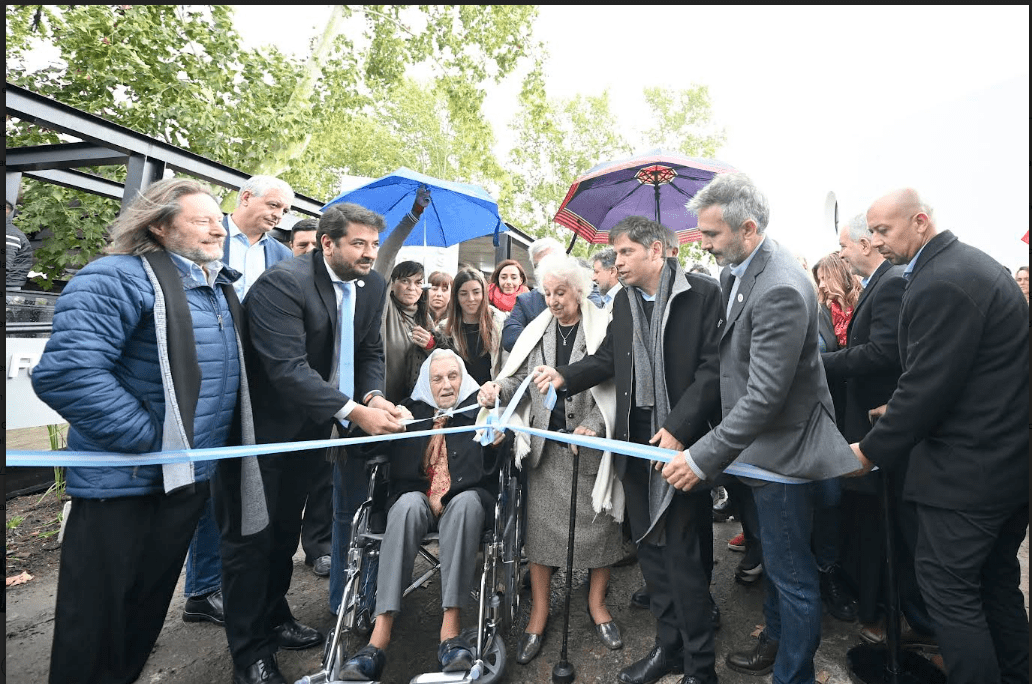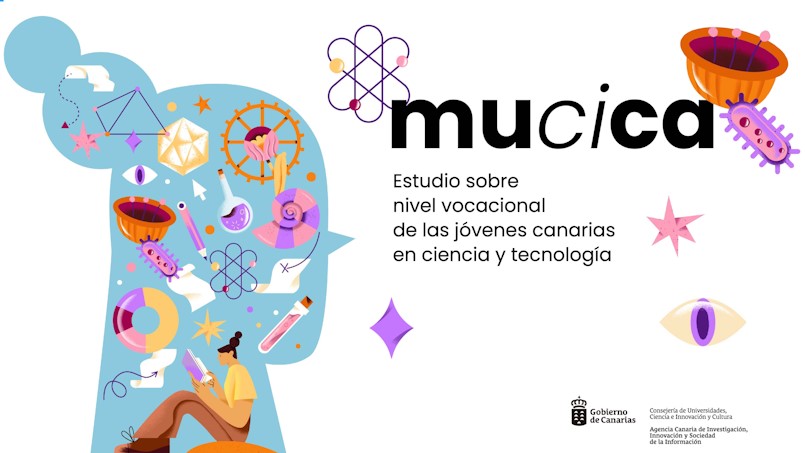A group of expert teachers in mathematics and chemistry proposes six key steps that promise to bring science closer to young people, and to engage them in the discoveries and innovations that human progress has to offer.
In order to fill the knowledge gap about science, teachers developed six action points.
The first line of action envisions sciences being more collaborative than school, because it is where interest in these areas must begin from an early age.
For this reason, professionals recommend hands-on workshops, demonstrations, and experiments that allow interaction with scientific materials and tools.
“The purpose is to inspire wonder and create an inclusive and diverse experience,” the educators explained, citing a note from The Conversation, an Australian media outlet.
To further this idea, they suggest that students work on experiments that respond to real problems, considering areas such as water purification or alternative energy generation, which would lay a solid foundation for science learning.
The second measure is to allow young people to ask questions without feeling intimidated. Which guarantees its safety in the face of scientific methods and tools, while preserving the importance of risks and errors that may fall into it.
They add that teachers should not question the quality of students’ questions, and should make it clear that unexpected results in an experiment do not represent failure, but rather a time to learn and draw conclusions, encouraging analysis, reflection, and a willingness to challenge themselves.
The third step or line of action is to create strong narratives, where young people relate science to their daily lives. One of the ways they propose is through mathematics and physics, because of their importance in accessing the technology they use; As well as chemistry and its interventions for a good diet.
“For example, in a series of proposals that we call “perceived reality”, we ask the children to take a picture with their mobile phone of a specific object and show it. Then we ask them how the mobile phone took that picture, how it processes it and transmits it to another device. They answer that it takes the exact picture and this It’s the way it’s transmitted. Then we explain the process to them,” the authors outline in their proposal.
The fourth step is to provide inspiring models and diversity that allow us to break the misconception of a complex and elusive scientific world, in which only the distinguished stand a chance.
That is why we reveal the stories of famous scientists and prominent personalities, and show women and their overcoming barriers in all open areas, and how they achieved this and the stages they went through to have a successful scientific career.
Scientific knowledge is the fifth step to bringing young people closer to science, as it is communicated in a formal and technical language that can be complex for them. To overcome these barriers, children must access science through simple terms until they gradually reach formal language.
Finally, the sixth step concerns technology and visual media, which are allies in the work of spreading science. For this reason, creating educational content, designed for children and young adults, using resources such as interactive animations, can make this approach easier.
For educators, it is essential to disseminate scientific knowledge presented in a visually appealing and easy-to-understand manner.
An example they cite is “educational bloggers”, who through their YouTube channels have become digital innovators, bringing science to the fore in accessible formats for young people.
One of the ideas to develop this step is to expand the “educational tubes” to achieve greater scientific dissemination, and educational programs have the necessary tools for this: teachers and researchers.
Behind this proposal are: UNED Professor of Inorganic Chemistry Rosa María Martín Aranda; the professor and teacher at the Melilla Associated Center, Hassan Hussein Muhannad; Assistant Professor and Ph.D. in the Department of Mathematics Education, Faculty of Education and Sports Sciences, University of Granada, Hussain Hussain Mohan; And Professor of Mathematics at the University of Granada, Nabil Muhammad Al-Shamali.





